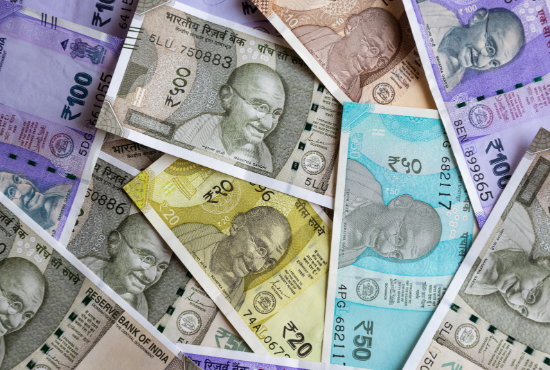
US Federal Reserve rate hikes, global volatility, and high commodity prices will weigh on the currency
Most currencies will continue to depreciate in the coming months compared to the USD, and the Indian rupee is no exception to this trend. Firms that import products into India should expect heightened import costs through most of 2023 to weigh on their cost of production. On the other hand, firms that export from India will benefit from the low value of the INR.
Overview
The Indian rupee continues to plumb new lows, falling to a value of 82.3 INR:USD as of October 15, depreciating by 11% since the start of the year. While this is a significant level of depreciation, executives should also note that the drop in the Indian rupee is less than that of its Asia Pacific peers, such as the Japanese yen, Korean won, Philippine peso, Thai baht, Australian dollar, and Malaysian ringgit.
There are three primary causes of the widespread currency depreciation through most of 2022:
- Rising commodity prices have resulted in high foreign exchange spending.
- Global volatility has pushed foreign portfolio investors to flock to the USD as a safe-haven currency.
- Aggressive rate hikes by the US Federal Reserve have made returns in USD more attractive than most other markets.
Year to date, India has seen a foreign portfolio investment outflow of US$ 23.9 million, double the outflow during the worst of the pandemic in 2020.
Our View
Firms should expect the rupee to continue to depreciate through at least H1 2023, as pressures on the currency (listed above) will likely persist over the next 2–3 quarters.
- Commodity prices are expected to remain elevated, due to which India’s trade deficit will likely continue to widen, putting further pressure on the currency.
- The US Federal Reserve is expected to hike its benchmark interest rate by a cumulative 400 basis points between January 2022 and December 2023, compared to a cumulative 270 basis points by the Reserve Bank of India (RBI) during the same period, causing the continued outflow of foreign portfolio investment.
- Global volatility will likely persist through most of 2023, boosting the value of the USD as a safe-haven currency for investors, compared to the INR.
- The RBI is unlikely to continue selling its foreign exchange reserves to support the currency, in order to avoid foreign exchange reserve shortages.
At FrontierView, our mission is to help our clients grow and win in their most important markets. We are excited to share that FiscalNote, a leading technology provider of global policy and market intelligence has acquired FrontierView. We will continue to cover issues and topics driving growth in your business, while fully leveraging FiscalNote’s portfolio within the global risk, ESG, and geopolitical advisory product suite.
Subscribe to our weekly newsletter The Lens published by our Global Economics and Scenarios team which highlights high-impact developments and trends for business professionals. For full access to our offerings, start your free trial today and download our complimentary mobile app, available on iOS and Android.

